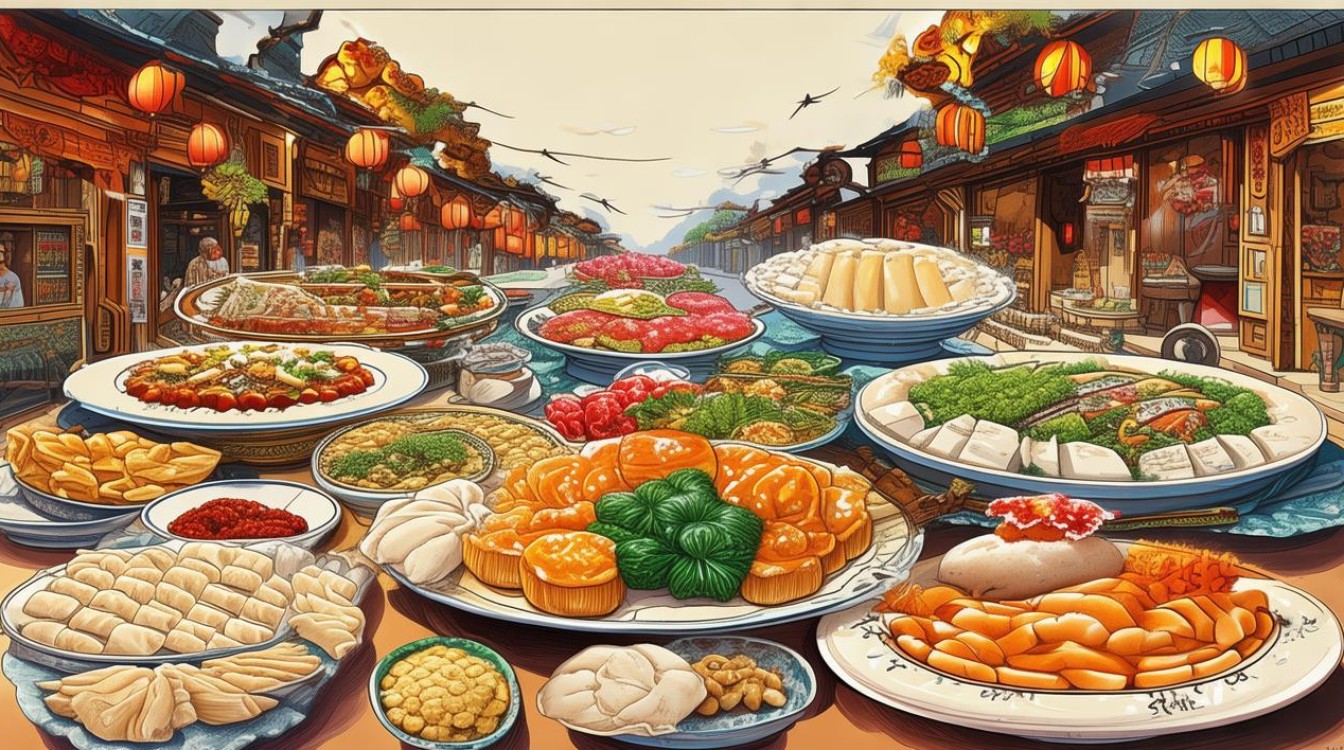Breakfast in China offers an extraordinary window into the country's diverse culinary traditions. Unlike Western breakfasts dominated by cereal or toast, Chinese morning meals showcase regional specialties, fresh ingredients, and centuries-old preparation methods. From steaming baskets of dumplings to savory pancakes, each dish tells a story of local culture and history.

Northern China: Wheat-Based Delights
In the colder northern regions, wheat reigns supreme. Fluffy mantou (steamed buns) often accompany warm soy milk, while jianbing (savory crepes) provide a crispy, egg-filled start to the day. Street vendors skillfully spread batter on hot griddles, layering it with herbs, chili sauce, and crunchy fried crackers.
Another staple, youtiao (fried dough sticks), pairs perfectly with soybean milk. Locals often dip these golden strips into sweet or savory porridge. For heartier options, lamb soup or baozi (stuffed buns) filled with pork or vegetables deliver warmth during chilly mornings.
Eastern China: Delicate Flavors
Shanghai’s breakfast scene balances sweetness and umami. Shengjianbao (pan-fried soup dumplings) crackle with crispy bottoms, releasing rich broth with each bite. Congyoubanmian (scallion oil noodles) offer simplicity at its finest—chewy noodles tossed in fragrant scallion-infused oil.
Nearby, Hangzhou’s xiaolongbao (steamed soup dumplings) showcase meticulous craftsmanship. Thin wrappers encase minced pork and hot broth, requiring careful handling to avoid spills. Tea eggs, simmered in spiced tea, provide a protein-rich snack for busy commuters.

Southern China: Rice and Dim Sum
Guangdong’s morning meals revolve around rice and bite-sized dim sum. At bustling teahouses, families share bamboo baskets of har gow (shrimp dumplings) and siu mai (pork dumplings). Congee, a creamy rice porridge, comes topped with preserved eggs, fish slices, or minced pork.
Cheung fun (rice noodle rolls) glide across plates, drizzled with sweet soy sauce. For something crispier, zha liang pairs fried dough sticks with silky rice noodles. Milk tea or chrysanthemum tea often accompanies these meals, balancing rich flavors.
Western China: Bold and Spicy
Sichuan’s breakfasts wake up the senses. Dandan mian (noodles in spicy peanut sauce) pack heat from chili oil and Sichuan peppercorns. Guokui (stuffed flatbreads) come filled with minced meat or pickled vegetables, their edges toasted to perfection.
In Lanzhou, hand-pulled beef noodle soup fuels locals. Chewy noodles swim in clear broth, topped with tender beef slices and fresh herbs. Tibetan areas offer tsampa (roasted barley flour), mixed with butter tea for an energy-boosting paste.

Health and Tradition
Many Chinese breakfasts prioritize balance. Fermented foods like pickled vegetables aid digestion, while ginger-infused dishes warm the body. Traditional beliefs influence ingredient choices—red dates for vitality, walnuts for brain health.
Modern cities now blend old and new. Coffee chains coexist with century-old porridge stalls, catering to diverse tastes. Yet even in fast-paced urban centers, the ritual of a hot, freshly made breakfast remains sacred.
Exploring Chinese breakfasts reveals more than flavors—it uncovers regional identities, family traditions, and the artistry of everyday cooking. Whether savoring a delicate dumpling or a fiery noodle bowl, each bite connects diners to China’s vast culinary heritage.


